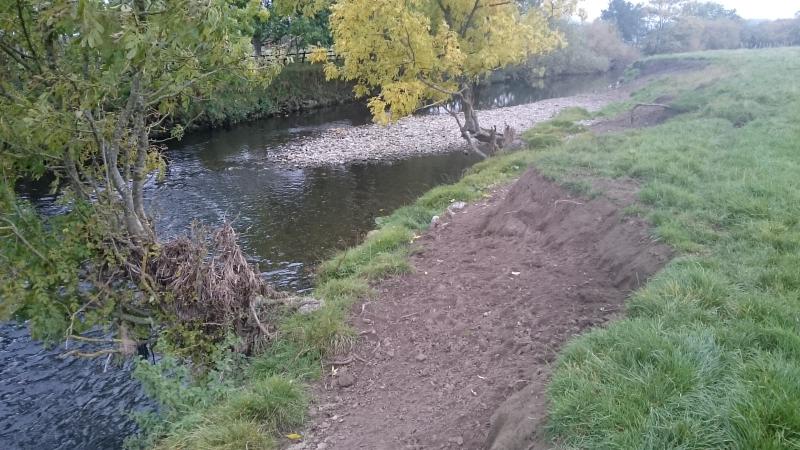The UK landscape is a mosaic primarily of agriculture interspersed with woodland, grassland, urban enclaves and veined with river networks and wetlands. We should all realise by now that this pattern in the landscape has a marked effect on 'ecosystem goods and services', the natural benefits that the environment provides to us, and particularly those associated with freshwater. How we use (or abuse) the land, i.e. influence the landscape pattern, and the downstream consequences to water quality are a focus of the current consultation on diffuse pollution to which WTT has already responded (and I encourage you to do so too).
A new study of an urbanising but predominantly agricultural landscape in the US draws upon data from 100 Wisconsin sub-watersheds and has important implications for managing and restoring landscapes to enhance surface water quality, groundwater quality, and groundwater supply. The study considered the landscape pattern in terms of composition (the type and amount of particular patches) and its configuration (the layout of those patches); and while both appear to have some bearing upon freshwater services, the composition had a stronger influence on water quality and supply.

